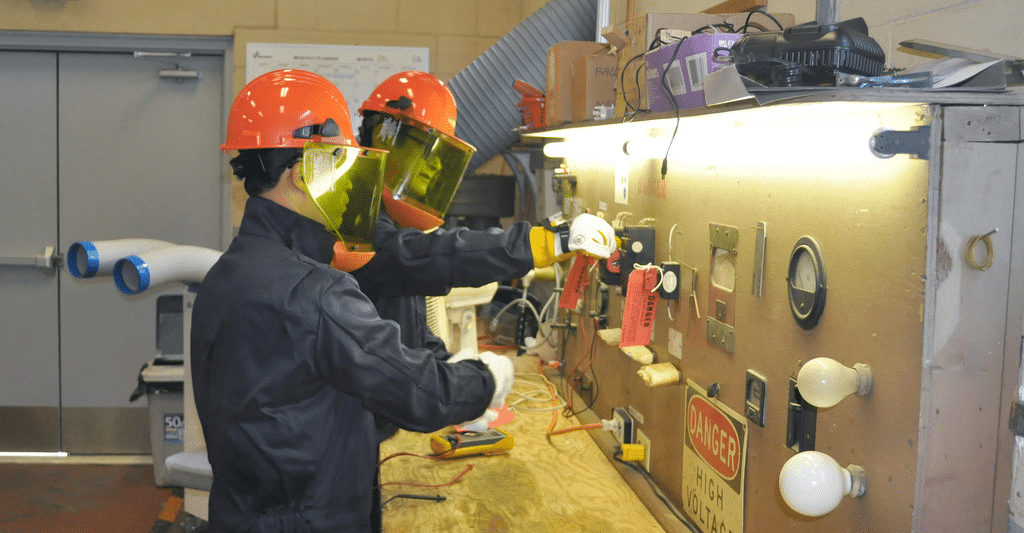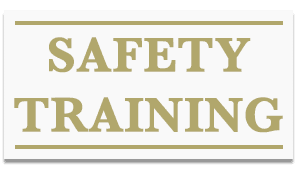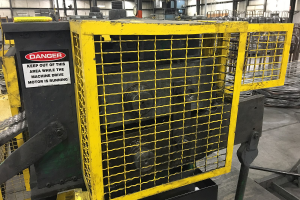The Myths Of Lockout/Tagout – Part 2

We continue to encounter many mistaken beliefs about OSHA’s regulation CFR,1910.147, The Control of Hazardous Energy. In this blog, we address the “myths” of Lockout/Tagout using verbatim quotes from OSHA’s Preamble to the regulation (OSHA text in bold italics).
Myth: Each machine specific procedure must contain lots of detail
OSHA: OSHA concurs with those commenters who stressed the need for flexibility in the standard. For example, the detail into which a procedure may have to go may vary depending upon the type of power the machine or equipment may utilize, or the means used to isolate or block the machine or equipment from the source of power…
However, whereas the procedure is required to be written in detail, this does not mean that a separate procedure must be written for each and every machine or piece of equipment. Similar machines and/or equipment (such as those using the same type and magnitude energy) which have the same or similar types of controls can be covered with a single procedure.
The written energy control procedure required by this standard need not be overly complicated or detailed
Myth: I’m a lot safer and more compliant if I require Lockout, even for Minor Servicing tasks
OSHA: There are some activities which are properly classified as servicing or maintenance but which are often performed during normal production operations. These activities include lubricating, cleaning, unjamming, and making minor adjustments and simple tool changes. In the proposed standard, OSHA suggested excluding these operations (paragraph (a)(2)(iii) stated, `when it is necessary to perform the activity and if the activity is performed using alternative measures which the employer can demonstrate are equally effective’).
Myth: OSHA does not recognize any alternative procedures to Lockout
OSHA: OSHA recognizes that some servicing operations must be performed with the power on; in these situations, it would not make sense to require lockout or tagout, which apply to deenergized equipment. The proposal contained a requirement that when servicing or maintenance must be performed with the equipment energized, the employer must use an alternative procedure which provides, in the language of the ANSI standard “effective protection.”
Myth: We must always shut down primary power for Lockout
OSHA: In the case of required minor adjustments where this (deenergization) is not feasible, or in the case of normal production operations, these activities shall be accomplished under the protection of specially designed control circuits, control equipment, and operating procedures, that provide proven effective protection for the affected personnel.
Myth: ANSI standards are not regulation; hence they have no value for compliance
OSHA: The concept behind both the proposed and final provisions on normal production operations was taken from the ANSI standard, which attempted to address situations in which it was necessary to keep equipment energized during servicing. It was clear to the ANSI committee, as it was and is to OSHA, that neither lockout nor tagout is possible in a situation when the equipment cannot be deenergized, because these efforts involve assurances that deenergization has been achieved and that the proper procedures and verifications of deenergization have been carried out. However, both ANSI and OSHA believe that even if lockout or tagout cannot be done, the employer must provide alternative measures to lockout/tagout which will protect the employees doing the servicing under those conditions.
Myth: My annual inspection must happen during a given period each year
OSHA: One method for meeting the performance requirements in this paragraph would be to use random audits and planned visual observations to determine the extent of employee compliance. Another would include modifying and adopting ordinary plant safety tours to suit this purpose.
Myth: Training for Affected Workers cannot take the form of supervisor instruction or a Toolbox talk
OSHA: The training OSHA requires for “affected employees” is less stringent than that for “authorized employees,” simply because affected employees do not perform servicing or maintenance operations which are performed under an energy control procedure…..The instruction needs to be sufficient to enable the employees to determine if a control measure is in use.
Myth: All energy sources must have individual labels
OSHA: OSHA has determined that the marking or labeling of energy isolating devices is not reasonably necessary for the effectiveness of the energy control program. Authorized employees are required at (c)(7)(i)(A) to receive training in and to know that information relating to hazardous energy.
FDR Note: The use of a machine specific placard should identify the location of the energy source. The procedure may be common but the energy sources and their location must be specific
Jim Stanley is one of the nation’s most respected occupational safety consultants. Former No. 2 at OSHA, former VP of Safety and Health at AK Steel. Leads our Expert Witness and OSHA Compliance programs. FDRsafety offers unparalleled expertise in helping companies fully comply with OSHA requirements and address the current climate of heightened enforcement. For a FREE consultation, please contact us.





